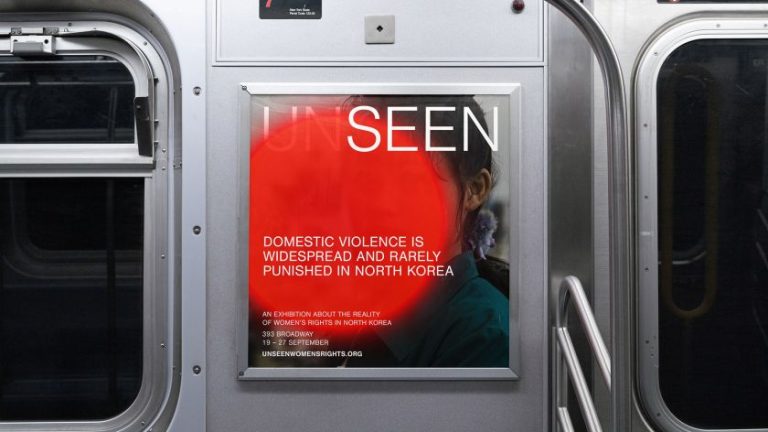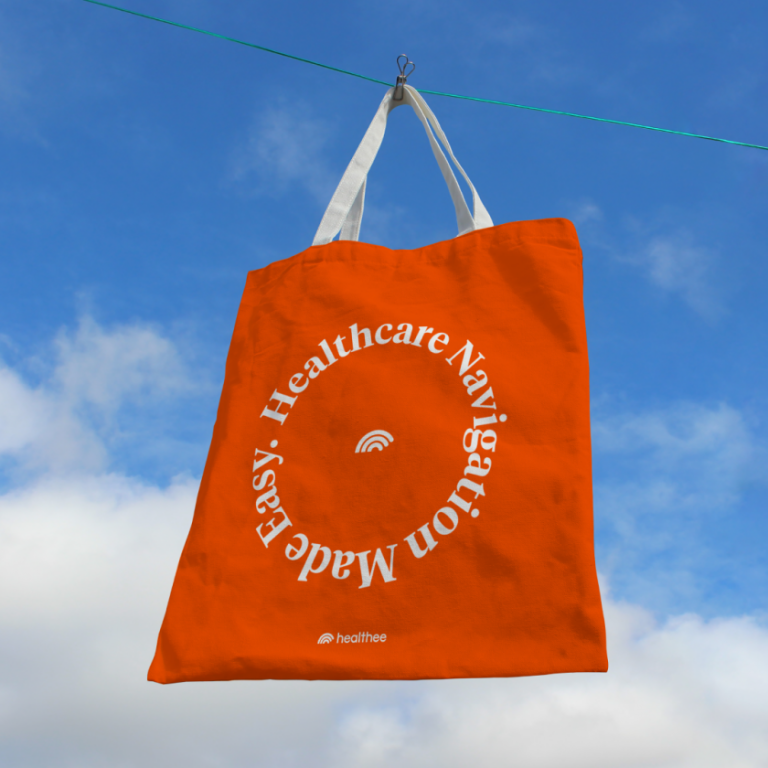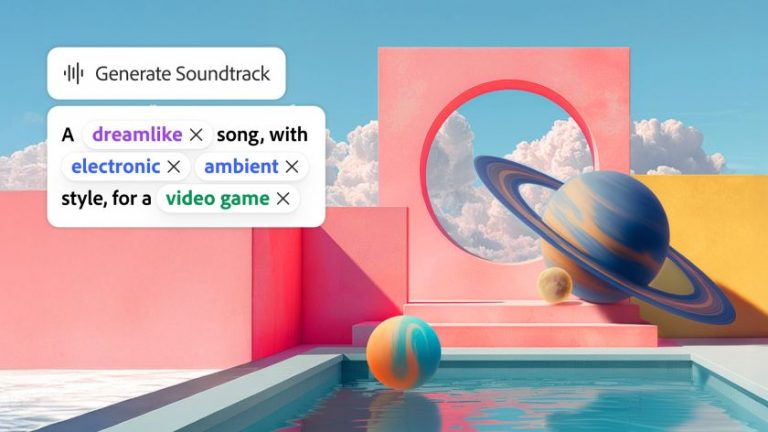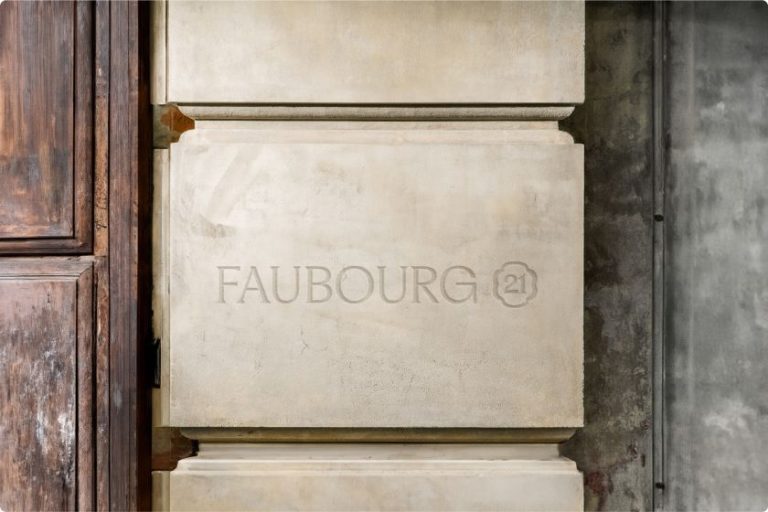Image licensed via Shutterstock
A commitment to lifelong learning will give you a sense of personal fulfilment and future-proof your career against AI. Read on to discover how to achieve this practice.
As the summer winds down, the leaves start to turn, mums shop for the kids’ school uniforms, and large groups of uncertain freshers are making their slow shuffle around the town and its pubs.
There’s a palpable feeling of anticipation in the air. And it doesn’t matter how young or old you are: this back-to-school sensation can trigger a desire to learn new skills, challenge yourself, and take your craft to the next level.
At the same time, though, you might think: ‘Why should I bother? I spent all those years studying to get into my career. Now I’m doing nicely; why should I make the extra effort?’
Reasons to study
The simple answer is that – as everyone experienced in the creative industry will tell you, in this profession – learning never stops.
Continuous learning is ultimately the only way to stay relevant in an environment where new trends, technologies, and techniques emerge regularly. In short, there’s no ‘one and done’. You constantly need to think about expanding your skill set, creative knowledge, and horizons.
But that’s not in itself a bad thing. It’s not like being back at school or uni, where you’re told what to learn and when to study. You’re a grown-up now, and you can decide what areas you’re most interested in and how you’d like to learn. Do so when you’re in the mood.
That means you should enjoy the process and get a sense of personal fulfilment out of learning new things. And you’ll probably see the benefits pretty quickly, too, as you’re rewarded by employers or clients who see the value in your newly expanded skillset. As graphic designer Amy Harding, says: “My never-stop-learning attitude has been more beneficial to me than any specific software skill.”
But there’s a potential problem. How do you drive yourself to learn new things when you already use up most of your energy in your day-to-day work?
Well, here’s one thing that should provide some extra motivation right now. The threat of AI.
Staying ahead of the AI curve
Let’s face it: AI – and most specifically, generative AI art – will put many creatives out of work in the coming years. As Simon Case, founding partner of Chromatic, says in this interview: “The big agency networks are not telling the truth about what’s going to happen. They don’t want to admit there will be big fallouts and many very unhappy people. Just as Macs replaced typesetters, photo retouchers, and all of those old skills in the past, AI will replace people and have a huge effect.”
In fact, if you’re an illustrator, in particular, generative AI is already a clear and present threat to your earning power, as we discuss in this special report. And as technology improves, it’s likely that designers, animators, photographers and other visual creatives will also find AI eating their lunch.
So it stands to reason that learning new skills, particularly ones that computers can’t replicate, will serve as a good backup. That’s certainly the approach that illustrator and designer Isaac LeFever has been taking.
“As a digital illustrator, the whole AI thing has been pretty top of my mind,” he says. “I think the situation will worsen as the image models improve, which they’re already doing,” he adds. “And, of course, there’s the issue of simple supply and demand. If you flood the market with digital illustrations that can be generated in mere seconds, the overall value of digital art will take a dive.
“So I’ve been investing time into getting back into and levelling up on physical mediums. Primarily printmaking and gouache painting. In practice, that’s meant watching a lot of YouTube and hitting some courses on platforms, such as Donestika.”
Of course, that’s not the only reason to upskill. Another might be that the path you initially chose turns out not to be sustainable or fulfilling in the long term. That’s exactly what happened to author and illustrator Anika Orrock last year.
“I had a weird realisation after illustrating three books in overlapping succession that as a career, the thing I thought I’d love isn’t sustainable or healthy,” she recalls. “In maybe a moment of insanity, I went all-in on something I was always afraid to try. So now I’m working hard on studying, writing, and performing comedy this autumn; I’m using what I’m learning to inform everything else I do. It’s a hard pivot and scary, but really validating and strangely serendipitous.”
Coping with inertia
Whatever your motivation for learning something new, though, one of the biggest barriers is often simple inertia. You’ll get started tomorrow, you tell yourself. Or maybe Thursday, as tomorrow’s a bit busy. Then again, perhaps wait till the weekend…
If you suffer from this kicking-the-can-down-the-road mentality, then maybe you need a more formal approach.
Autumn is a great time to sign up for workshops or classes which challenge your current skill set and push you to explore new mediums or styles whether online or in-person, structured courses give you a sense of progress and achievement that you simply can’t get by Googling stuff or following random YouTube tutorials.
That’s the approach artist consultant Meike Brunkhorst is pursuing right now. “I’m planning to take a refresher course with Black Blossoms to learn more about Black British art with Lisa Anderson,” she explains. As is design partner Fabián Sanabri, who says: “I’m between exploring Rive for interactive animations or going deeper into web design with some Webflow courses.”
Can’t find the time to study? You could always consider applying for financial support, allowing you to take time off to pursue new educational opportunities. “I was very lucky to get Arts Council DYCP funding,” says illustrator Niki Groom. “So I’m going back to school one day a week from September – well, at my desk – developing my reportage practice to make it ethical and sustainable. Excited to learn new things… though also hoping that these old cogs still work!”
The importance of reading
Whether you’re pursuing formal studies or not, it’s always important to read books, articles, and essays related to your field.
Reading not only broadens your knowledge but can also spark new ideas, so never think of it as “wasted time” when you could be doing your “real work”. Indeed, by exploring topics outside your usual interests, you’ll typically bring fresh perspectives into your work, leading to more creative solutions: a real win-win.
Take inspiration from Alicia Puig, owner of PxP Contemporary. “A few books I have on my list for this fall are Get the Picture by Bianca Bosker, Your Brain on Art by Susan Magsamen, and How to Collect Art by Magnus Resch,” she explains.
By the same token, don’t just limit your reading matter to creative skills alone. As jewellery designer Chloe Solomon notes: “I’m loving Rewire by Nicole Vignola because I want to have a more positive mental outlook, creatively and in my own life.”
Finally, while social media platforms can be a massive drain on your energies when used unthoughtfully, they can be a real boon when you purposefully use them as a resource for learning and inspiration. Curating a list of the right accounts and avoiding spam, time-wasters and doom-scrolling can be a quick and easy way to learn new skills and knowledge.
As Sable Bender of Westil Marketing says: “Listening and watching people on Threads, I feel I’ve compiled more useful tips and tricks, and gained more inspiration from women and their businesses here than I have in an attempt to find anything online.”
It’s not just about skills
Ultimately, expanding your horizons and stretching your mind doesn’t have to mean focusing on work skills. Growing as a creative can also stem from engaging in activities outside your work entirely, especially if they’re outside your comfort zone.
Lettering artist and author Jessica Hische offers a fine example to follow. “This autumn, I’m trying to run a nine-minute mile, learn the drums and get my orange belt in karate,” she reveals. Similarly, designer, illustrator and animator Varick Rosete plans to work on “both journaling and creative writing, as well as training for a half marathon.”
Illustrator Shauna Parmesan adds: “As well as working on my figure skating, I’m planning to do a project with mom in which we scan in all her mom’s and dad’s recipes and restoring any that are damaged. Same with dad and photos his dad took that he has on slides.”
Top tips for continuous learning
The key to all of this is less about what you do and more about how you view your personal development in general. In short, we all need to embrace a lifelong learner mentality and make time for it, even amidst the busy demands of our day-to-day work.
By consistently investing in ourselves, we can stay relevant, improve our craft, and find new sources of inspiration and fulfilment. We’ll end with our top 10 tips on how to embrace continuous learning.
Set aside dedicated time each week for learning and professional development. Even 1-2 hours can make a big difference.
Identify specific skills or areas you want to improve and create a learning plan.
Consider signing up for a class, workshop, or online course.
Make reading a regular habit. Explore books, articles, and essays related to your field as well as adjacent topics.
Curate a diverse social media feed to discover new ideas, techniques, and creative inspiration.
Don’t be afraid to step outside your comfort zone. Explore new mediums, styles, or challenges that will push you to grow.
Find a mentor or peer group to provide feedback, encouragement, and a fresh perspective on your work.
Experiment and permit yourself to fail. Some of the most valuable lessons will come from mistakes.
Prioritise activities and hobbies that rejuvenate your creativity, even if unrelated to your day job.
Remember that continuous learning is essential to your long-term career success. Approach it with passion and enthusiasm, and find the fun in creative growth.










